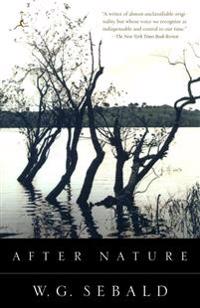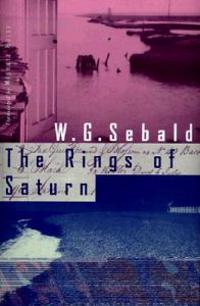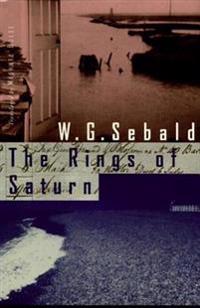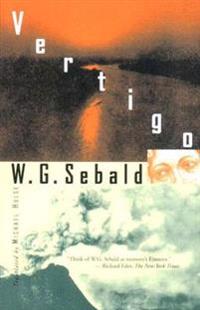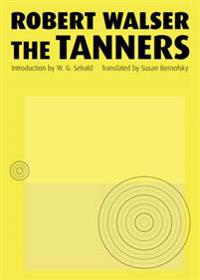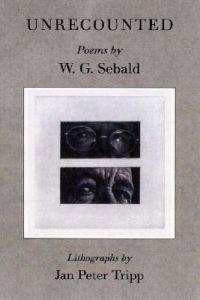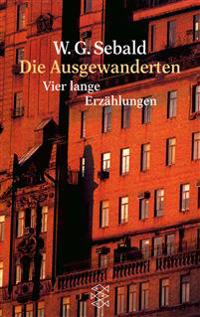After Nature (Pocket)
avWinfried Georg Sebald, Michael Hamburger, Winfried Georg Sebald
ISBN: 9780375756580 - UTGIVEN: 200307A biographical poetic triptych explores the lives of medieval German painter Matthias Grunewald, eighteenth-century explorer and naturalist Georg Stellar, and Sebald himself, as his describes his own haunting odyssey through twentieth-century Germany. Reprint. 10,000 first printing.[...]
On the Natural History of Destruction (Häftad)
avWinfried Georg Sebald, W G Sebald
ISBN: 9780375756573 - UTGIVEN: 200402During World War Two, 131 German cities and towns were targeted by Allied bombs, a good number almost entirely flattened. Six hundred thousand German civilians died--a figure twice that of all American war casualties. Seven and a half million Germans were left homeless. Given the astonishing scope o[...]
The Emigrants (Häftad)
avWinfried Georg Sebald
ISBN: 9780811213660 - UTGIVEN: 199709Four narratives weave history and fiction together as refugees from the Holocaust remember their experiences[...]
The Rings of Saturn (Inbunden)
avWinfried Georg Sebald
ISBN: 9780811213783 - UTGIVEN: 199806A fictional account of a walking tour along England's coast provides the narrator with a rich source for reflection on the country's history[...]
The Rings of Saturn (Häftad)
avWinfried Georg Sebald
ISBN: 9780811214131 - UTGIVEN: 199904A fictional account of a walking tour along England's coast provides the narrator with a rich source for reflection on the country's history[...]
Vertigo (Häftad)
avWinfried Georg Sebald
ISBN: 9780811214858 - UTGIVEN: 200110Vertigo, W. G. Sebald's first novel, never before translated into English, is perhaps his most amazing and certainly his most alarming. Sebald the acknowledged master of memory's uncanniness takes the painful pleasures of unknowability to new intensities in Vertigo. Here in their first flowering are[...]
The Tanners (Pocket)
avRobert Walser, Susan Bernofsky, Winfried Georg Sebald
ISBN: 9780811215893 - UTGIVEN: 200908Unrecounted (Inbunden)
avWinfried Georg Sebald, Jan Peter Tripp, Michael Hamburger
ISBN: 9780811215961 - UTGIVEN: 200503Unrecounted combines thirty-three of what W. G. Sebald called his "micropoems" miniatures as unclassifiable as all of his works with thirty-three exquisitely exact lithographs by one of his oldest friends, the acclaimed artist Jan Peter Tripp.The lithographs portray, with stunning precision, pairs o[...]
Hydriotaphia (Pocket)
avThomas Browne, Winfried Georg Sebald, Thomas Browne
ISBN: 9780811218924 - UTGIVEN: 201010Hydriotaphia, or Urn Burial, is one of the pinnacles of Renaissance scholarship and without doubt one of the great essays in English literature. Beginningwith observations on the recent discovery of Roman antiquities in the formof burial urns, Browne's associative mind wanders to elephant graveyards[...]

